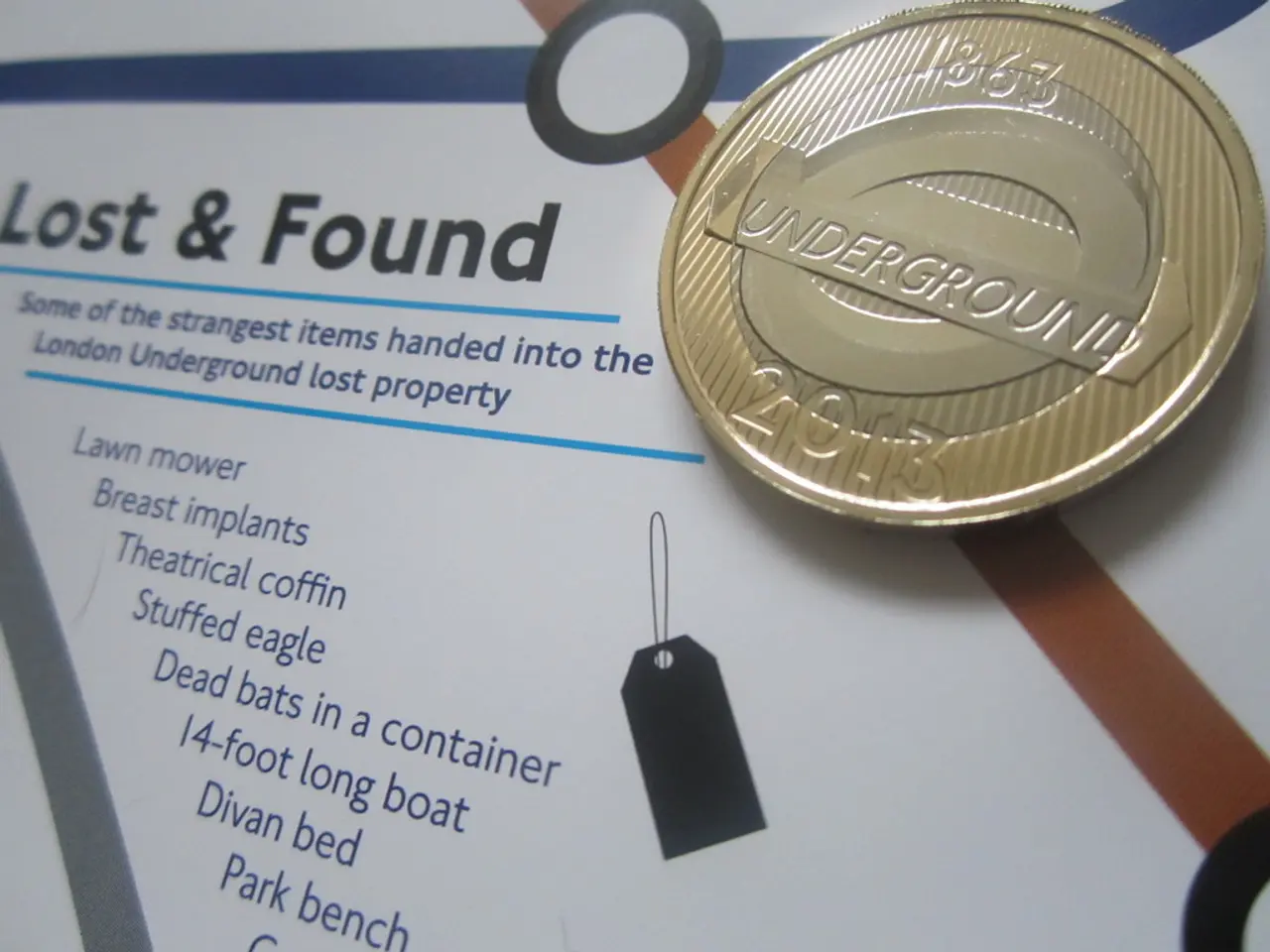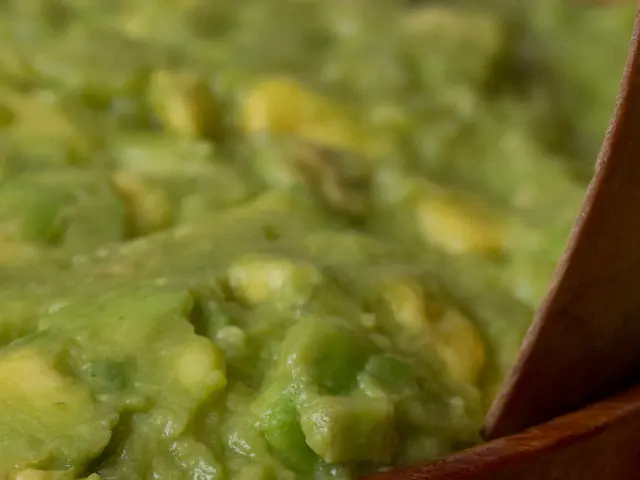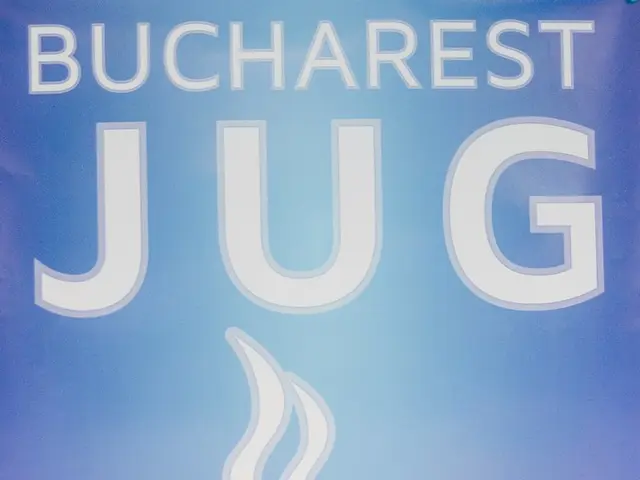Avoid Overindulgence, Keep a Balanced Approach
In the world of foreign exchange markets, the carry trade — borrowing money at a low interest rate and investing it in a currency with a higher interest rate — has long been a popular strategy. However, recent changes in interest rates and currency valuations have raised questions about its current viability.
The current environment favours currencies like the New Zealand, U.S., and Canadian dollars, which aren't cheap. Yet, the carry trade's current yield pickup is extremely low, sitting at the 25th percentile, while value spreads are extremely high, at the 85th percentile. This suggests that in the current market, we need to choose between yield or value when looking at currencies.
To measure fair value, purchasing power parity (PPP) as defined by the IMF is used. According to the SGM valuation models, the yen, euro, and the pound are 41%, 30%, and 21% undervalued, respectively. This indicates that these currencies might offer better value opportunities compared to the high-yielding currencies.
The DB G10 Currency Future Harvest Index, a tool created to track the performance of the carry trade using G10 currencies, has had a somewhat poor historical performance over the last 15 years. However, the recent changes in rates have prompted a sudden resurgence in carry performance, making the strategy appear more enticing to investors.
The DB G10 Currency Future Harvest Index takes long positions in the three highest yielding currencies and short positions in the three lowest yielding currencies, with a 2:1 leverage ratio. Despite this, the size of the yield pickup is still historically small and does not appear to be at the level that strongly supports the carry trade.
The analysis was repeated using how far currencies have diverted from fair value. Most yields are also negative in real terms, and there is a near-zero correlation between real yields and nominal yields. This further underscores the importance of considering value when making carry trade decisions.
The carry trade, also known as the forward rate bias, has an extensive history in finance and academia. However, the current status of carry trades in terms of performance is challenged. Traditional carry trade currencies like the Japanese yen have lost their low-interest advantage after the Bank of Japan ended its negative and zero interest rate policy, causing structural issues for carry trades.
However, some carry trades, such as those involving buying uranium cheaply and selling it at a premium starting 2027, are injecting liquidity into the market and may offer profitability opportunities.
It is important to note that the views expressed in this article are those of the author and do not necessarily reflect the views of AlphaWeek or its publisher, The Sortino Group. Similarly, the views expressed are those of the GMO Systematic Global Macro team and are subject to change based on market conditions.
In conclusion, while the recent resurgence in carry performance may make the strategy appear attractive, the current environment suggests that now is not the time to overallocate to the carry trade. Instead, a cautious approach that considers both yield and value is advisable.
Read also:
- Catastrophe at a U.S. Steel facility in Pennsylvania results in the loss of two lives. crucial details unveiled
- Manipulating Sympathy: Exploiting Victimhood for Personal Gain
- Auto Industry Updates: Geotab, C2A, Deloitte, NOVOSENSE, Soracom, and Panasonic in Focus
- Exploring Money-Making Opportunities in Digital Gaming Worlds








